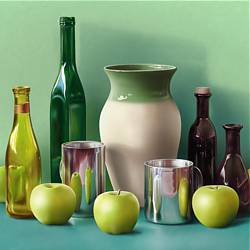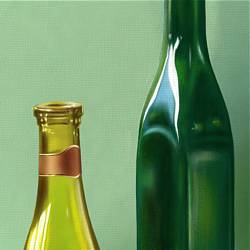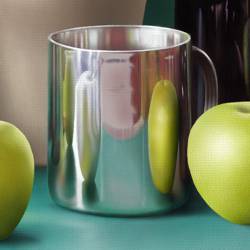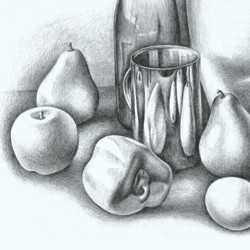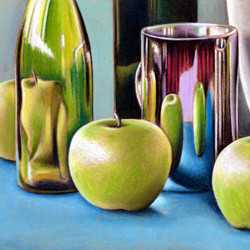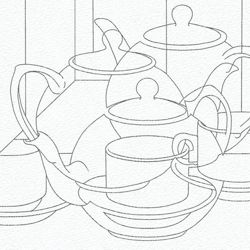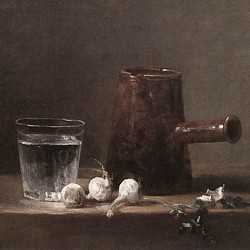Still Life Lessons
Still Life is the most practical subject matter for learning and teaching the basic techniques of drawing and painting. You can take the skills that you develop in our lessons and apply them to any subject in art.
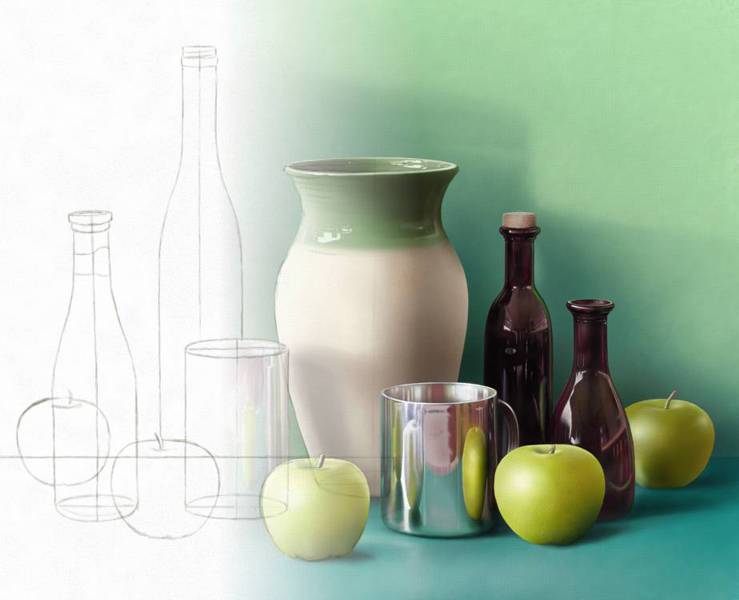
Our still life lessons illustrate a step by step approach to the subject that guides you from the first stages of the drawing to the refined outcome of the final image. You will learn about:
-
The basic techniques of drawing and painting a still life.
-
How to build up the tones, colors and textures of the objects to form a unified still life group.
-
The particular challenges posed by different media. e.g. pencil, chalk pastels, oil pastels and paint.
An Introduction to Still Life

Pablo Picasso (1881-1973)
'Still Life with Pitcher and Apples', 1919 (oil on canvas)
Still life is the art of drawing or painting inanimate objects such as fruit, flowers and household items which are usually arranged on a table or shelf. Artists create still life paintings for various reasons: to reflect the status of their owner, be it humble or haughty; for their symbolic meaning which reveals a hidden story or idea; to capture the transient beauty of natural objects like flowers or fruit; or as a controlled structure to express the abstract qualities of the visual elements. The practice of still life develops and strengthens your natural level of drawing ability. It improves your observation and rendering of shape, tone, color, pattern and texture in a range of different media. You also learn a lot about composition - the interaction of positive shapes (the objects) and negative space (the area around the objects).

Still Life of Poultry, Seafood and Vegetables
Roman Mosaic, 2nd Century A.D.
Still Life has existed in one form or another since the time of the Ancient Romans and Greeks. Although there are examples of Ancient Roman still life, mostly in the form of mosaics and interior decoration that was preserved when Mount Vesuvius erupted in A.D.79, there are no examples from Ancient Greece. There is, however, a story from around this time in the book 'Historia Naturalis' (the only surviving history of ancient art) by the Roman writer Pliny who lived from AD 23-29. It tells us about a competition that took place about 400BC between two Greek painters Zeuxis and Parrhasius. Zeuxis created a painting of grapes which were so convincing that birds flew down and tried to peck at them. In art, this kind of realistic painting is called a ‘trompe l’oeil’ (a French artistic term which means ‘trick of the eye’). Envious of his fellow artist’s display of skill, Parrhasius painted a ‘trompe l’oeil’ image of a curtain which appeared to conceal a painting of the Trojan War beneath it. On seeing his friend’s work, Zeuxis asked Parrhasius to pull back the curtain to reveal the rest of the painting. At that moment, Parrhasius claimed victory. Although Zeuxis had fooled the birds, Parrhasius had succeeded in fooling a fellow artist, an altogether more difficult task. Since the earliest times, Still Life has always been a subject that artists have used to show off their technical skills in painting.

Carlo Crivelli (c.1435-1495)
'Madonna and Child', c.1480 (tempera on panel)
Before the 17th century still life was usually limited to the background detail of religious figurative art, usually with some symbolic significance. In the 'Madonna and Child' by Carlo Crivelli, the apples and fly represent temptation and corruption while the cucumber is seen as the antidote to these as it was a symbol of redemption. Many fruits had meanings that now seem rather strange. For example, the cherry symbolized heaven (it was known as the Fruit of Paradise) and the pomegranate symbolized Christ’s Resurrection. This evolved from Greek mythology where the pomegranate was associated with Persephone who returned to the earth every year from the Underworld, symbolizing the way in which spring brings new life after winter.

Willem Claeszoon Heda (c.1593-1680/82)
'Still Life with Oysters, a Rummer, a Lemon and a Silver Bowl', 1634 (oil on canvas)
During the Reformation, as the Catholic Church’s patronage of the arts declined and the patronage of dealers and collectors grew, a greater demand for still lifes emerged, particularly in Protestant countries like Holland. These early works were usually displays of rich possessions or lavish ‘banquet pieces’ which reflected the wealth of the patron.

Harmen Steenwyck (1612-1656)
'Still Life: An Allegory of the Vanities of Human Life', 1640 (oil on oak panel)
As a moral counterbalance to boastful extravagance of 'banquet pieces', the more humble subject of ‘Vanitas’ art emerged. These paintings depicted objects for their symbolic meaning, warning us of our mortality - the skull, the hour glass, the burning candle, the smoking pipe, the open book, etc.
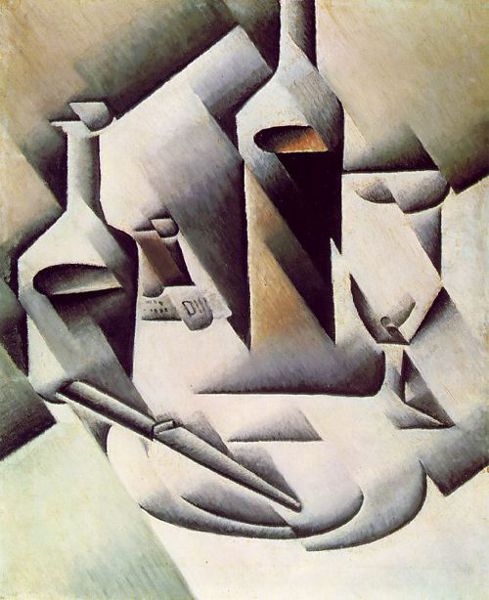
Juan Gris (1887-1927)
'Still Life with Bottles and a Knife', 1911-12 (oil on canvas)
As a subject in its own right, still life painting was generally considered to be a lower form of art. Some painters had achieved great skill in the realistic representation of objects, but it was not elevated to the status of a major art form until the work of Chardin emerged in the 18th century, followed by Cézanne in the 19th century and the abstract style of Cubism in the 20th century.

